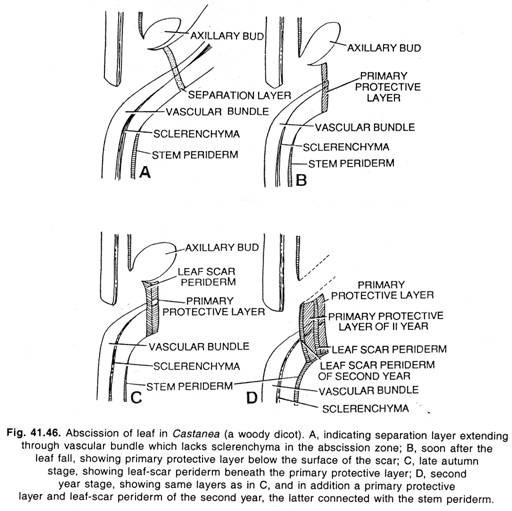The below mentioned article provides study notes on Isoenzymes.
Isoenzymes or isozymes are proteins which have different molecular and physicochemical properties, but have identical catalytic activity. They generally occur in branched metabolic pathways in which several end-products are synthesized from a common precursor molecule.
A hypothetical branched pathway in which three different end-products, X, Y and Z, are synthesized from a common precursor A is shown:
In the above hypothetical pathway, if a single enzyme catalyse the first step i.e. conversion of A to B, then over-production of any one end-product, X or Y or Z, would stop conversion of A to B, and consequently, production of all the end-products would stop.
This is not desirable for the cell because the other two end-products might be essential. If, on the other hand, three different enzymes exist catalyzing conversion of A to B, which are individually inhibited by feedback mechanism by the end-products, X, Y and Z, then inhibition of any one enzyme by its end-product would not affect the biosynthesis of other two products. Such different enzymes catalyzing the same reaction are isozymes. They are also called parallel enzymes. Isoenzymes play a crucial role in the regulation of branched pathways.
An example of a branched pathway having isoenzymes is shown:
The first enzyme, aspartokinase, is present in E. coli as three isoenzymes, all of which catalyse the same reaction — aspartic acid + ATP —> Aspartyl phosphate + ADP. But each isoenzyme is susceptible to end-product inhibition by only one end-product. Thus, in this pathway, the biosynthesis of the different amino acids can be modulated according to the need of the organism.

